WEARABLE DEVELOPMENT
The development of wearables involves a number of different disciplines, including electrical engineering, mechanical engineering, software development, and user experience design.

The development of wearables involves a number of different disciplines, including electrical engineering, mechanical engineering, software development, and user experience design.
Wearable is the need of new lifestyle & the process of creating technology that can be worn on the body. Wearable devices can range from smartwatches and fitness trackers to medical devices and augmented reality headsets. The development process involves designing the hardware and software components, testing the device for functionality and usability, and creating an ecosystem of applications and services that can run on the device.
The development of wearables involves a number of different disciplines, including electrical engineering, mechanical engineering, software development, and user experience design. The hardware components of a wearable device can include sensors, processors, batteries, and displays, and the software components can include operating systems, applications, and cloud services.
When developing a wearable device, it is important to consider the needs of the target user and design the device to meet those needs. User testing and feedback are critical to the development process, as they can help identify areas for improvement and inform future iterations of the device.
As wearables become more sophisticated and versatile, they have the potential to transform a wide range of industries, from healthcare and fitness to entertainment and education.
DON’T FOLLOW DIGITAL TRENDS. START THEM.
There are many types of wearable devices that can be developed, ranging from simple fitness trackers to complex medical devices and augmented reality headsets. Some of the most common types of wearable devices include:
Smartwatches: These are wrist-worn devices that typically have a display screen and can perform a variety of functions, such as displaying notifications, tracking fitness data, and making phone calls.
Fitness trackers: These devices are designed to track physical activity, such as steps taken, distance traveled, and calories burned. They are often worn on the wrist or clipped onto clothing.
Medical wearables: These devices are designed to monitor and manage health conditions, such as glucose levels, blood pressure, and heart rate. They can be worn on various parts of the body, such as the wrist, chest, or ankle.
Smart clothing: This type of wearable technology incorporates sensors and other electronics into clothing, allowing for tracking of movement, body temperature, and other biometric data.
Augmented reality (AR) headsets: These devices use sensors and displays to overlay digital information onto the real world, creating a mixed reality experience. They are often used in gaming and entertainment, as well as in industrial and commercial applications.
Smart glasses: These are glasses with built-in displays that can show notifications, maps, and other information. They are often used in industrial and commercial applications, as well as in healthcare and education.
The development process for each type of wearable device will vary depending on its specific features and use case.
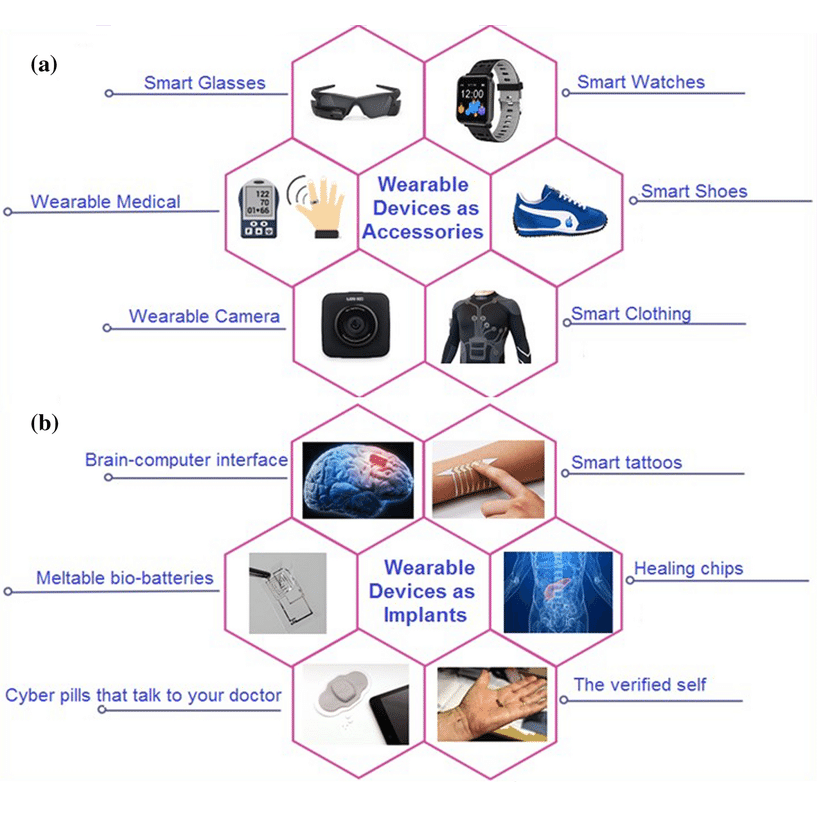
Better insight of business data from various aspects, enhance operation and increase sales. Recent AI Insights into artificial intelligence, machine learning, and beyond.
WDG is helping companies worldwide achieve blockchain implementation for education, ideation, strategy, prototyping, and development. Information to be recorded and distributed.
We are able to deliver different services through the Internet or cloud computing. These resources include tools and applications like data storage, servers, databases, networking, and software.
ERP refers to a software that organizations use to manage day-to-day business activities such as accounting, project management, risk management, and supply chain operations.
We'll update you with new in Artificial Intelligence, Machine Learning, Robotic Process Automation, Edge Computing, Quantum Computing, Virtual Reality and Augmented Reality, Blockchain & IoT
Security refers to methods, tools used to defend an organization's digital assets. The goal of security is to protect assets and services from being disrupted, stolen or exploited by unauthorized users

For many users, the wearable device lies in its ability to track health and fitness data, such as steps taken, calories burned, and heart rate. These features can be useful for those looking to monitor their physical activity and improve their overall health.
Wearable devices can also provide convenience and connectivity, allowing users to receive notifications, make phone calls, and control other devices without having to take out their phone. This can be particularly valuable for those who are on the go or have busy lifestyles.
In addition, wearable devices can provide a more immersive and personalized experience for users, particularly in the areas of gaming, entertainment, and augmented reality. For example, AR headsets can create a mixed reality experience that allows users to interact with digital information in a more natural and intuitive way.
Ultimately, the value for money of a wearable device will depend on the specific needs and preferences of the user. Those who prioritize health and fitness tracking may find more value in a simple and inexpensive fitness tracker, while others may be willing to invest in a high-end smartwatch or AR headset for its advanced features and capabilities.
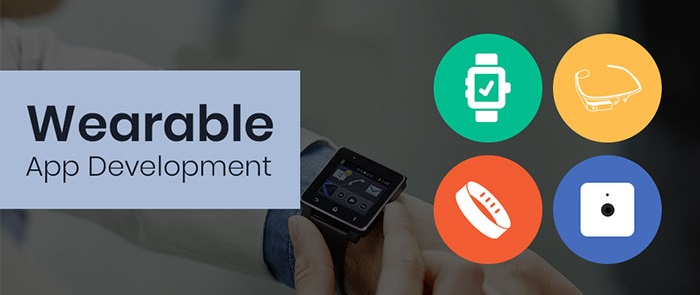
Yes, we develop apps for wearable devices. Many wearable devices have their own app stores, such as the Apple Watch App Store and the Google Play Store for Wear OS devices, where users can download apps specifically designed for their device.
When developing apps for wearables, it is important to consider the limitations of the device, such as screen size, processing power, and battery life. Wearable devices typically have smaller screens than smartphones and may have limited processing power and memory, which can impact the functionality and performance of the app.
To create an effective app for wearables, it is important to optimize the user interface for the small screen, create simple and intuitive navigation, and design for the specific use case of the device. Wearable apps should also be optimized for battery life, as the limited battery capacity of the device may impact the user experience.
There are many tools and platforms available for developing wearable apps, including software development kits (SDKs) provided by device manufacturers, as well as third-party tools and frameworks. Some popular programming languages used for wearable app development include Java, Swift, and Kotlin.
Overall, developing an app for wearable devices can provide new opportunities for reaching users and creating engaging experiences in a rapidly evolving market.






End-to-end wearable development involves the complete process of designing, developing, and deploying a wearable device from start to finish. The process typically involves the following stages:
Ideation: This involves identifying a problem or need in the market and developing a concept for a wearable device that addresses that need.
Research: This stage involves conducting market research and user testing to refine the concept and identify key features and specifications for the device.
Design: In this stage, the hardware and software components of the wearable device are designed, including the user interface, sensors, processors, and other components.
Development: This stage involves building and testing the hardware and software components of the device, including the firmware and software applications that will run on the device.
Integration: In this stage, the different components of the device are integrated together and tested to ensure that they work together seamlessly.
Testing: The device is tested to ensure that it meets the required performance, usability, and quality standards.
Deployment: This involves launching the device in the market and making it available for users to purchase.
Support: After the device is launched, ongoing support and maintenance are required to ensure that the device continues to function properly and meets the needs of users.
End-to-end wearable development requires expertise in a variety of disciplines, including electrical and mechanical engineering, software development, user experience design, and project management. Successful development requires a strong understanding of user needs and market trends, as well as the ability to iterate and refine the design based on user feedback and testing.
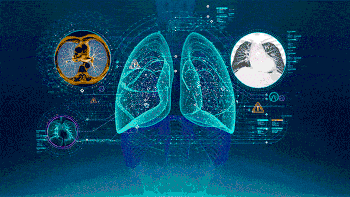
Healthcare Technologies understands natural language and is capable of reacting to questions asked of it. The system mines patient data & other accessible data sources to shape a theory, which then presents with a certainty scoring schema. A computer program used to answer questions and assist patients, to help calendar follow-up appointments or aiding patients through the billing procedure & virtual assistants.

AI can automate reviewing, giving teachers additional time. AI can assess students and adjust to their requirements, helping them work at their particular pace. AI tutors can give extra help to students, ensuring they remain on track. AI could change where and how students learn, perhaps even replacing some teachers task.
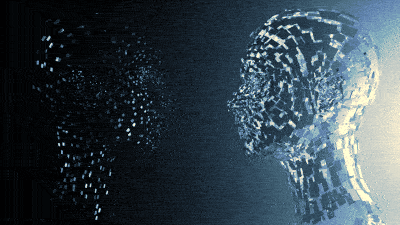
Robotic process automation is being connected to highly repetitive tasks normally performed by people. Machine learning calculations are being coordinated into analytics and CRM platforms to reveal data on how to best way to all the more likely serve customers. We have been consolidated into sites to give quick service to customers. Automation of job positions has also turned into an idea among academics.
| 1 | SINGAPORE | REPUBLIC OF KOREA | 93.23% |
| 2 | JAPAN | GERMANY | 80.43% |
| 3 | SWEDEN | DENMARK | 70.35% |
| 4 | ITALY, BELGIUM | USA | 67.87% |
| 5 | TAIWAN | UNITED KINGDOM | 65.94% |
| 6 | CANADA | FRANCE | 64.34% |
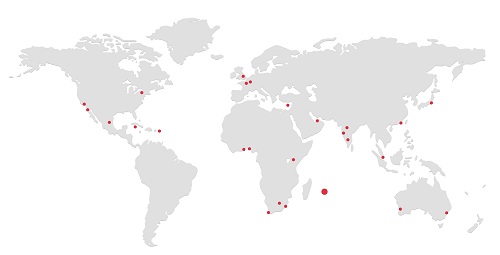
Robot density is a measurement that tracks the number of robots per 10,000 workers in an industry. This shows more countries are turning to automation to fill their manufacturing needs.
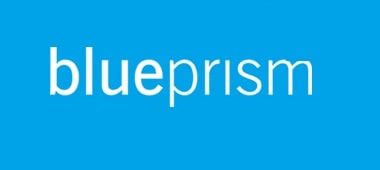
Blue Prism is a Robotic Process Automation software. It provides businesses and organizations with an agile digital workforce.
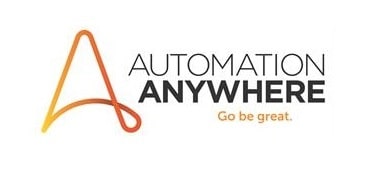
Automation Anywhere is a developer of robotic process automation (RPA) software.

UiPath is Robotic Process Automation software. It helps organizations efficiently automate business processes.
Why we are different? Super Web Development LLP brings together digital innovation Architecture and Technology with the best business ideas. Don’t follow Digital Trends.. Start them.
Don’t miss out on thousands of super cool packages and promotions

